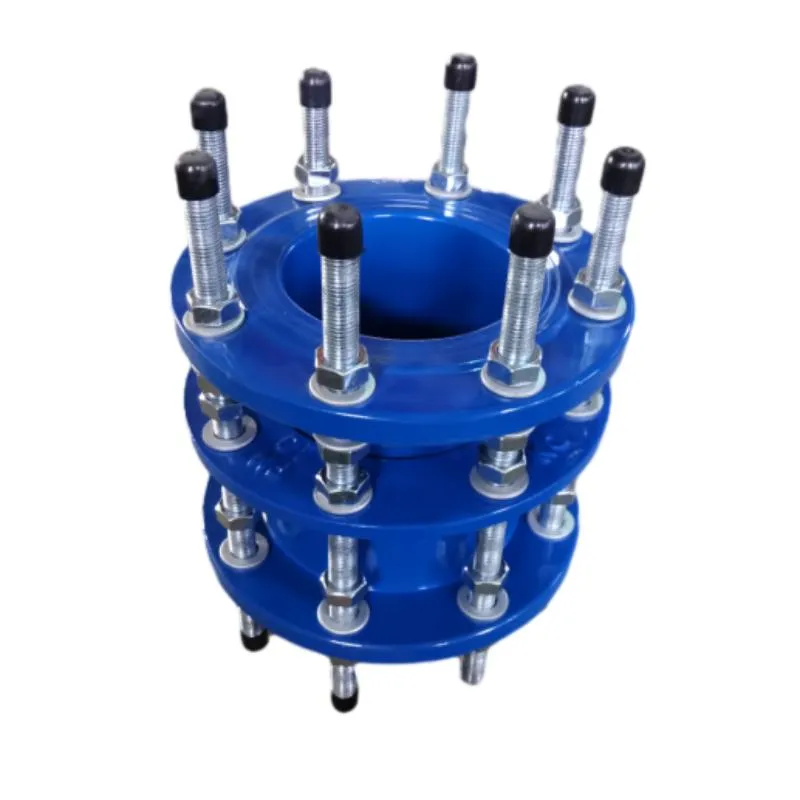Improving Seal Integrity Through Gate Valve Lapping Techniques and Best Practices
Understanding Gate Valve Lapping A Key to Optimal Performance
Gate valves are one of the most common types of valves used in various industrial applications. They serve a crucial function in controlling fluid flow and regulating pressure within pipelines. However, to maintain their effectiveness, it is essential to regularly perform maintenance tasks, one of which is lapping. Lapping is a precision process that plays a significant role in ensuring the gate valve operates efficiently and reliably.
What is Lapping?
Lapping is a wear-removal technique used to smooth the surfaces of the valve components, particularly the gate and seat. The process involves using a paste-like abrasive material along with a tool to create a perfect seal between the two components. When done correctly, lapping enhances the valve's ability to provide a tight shut-off, thus preventing any leaks that could lead to costly system failures or production losses.
The Importance of Lapping
Gate valve lapping is essential for several reasons. First and foremost, it prolongs the lifespan of the valve. Over time, the gate and seat can develop nicks, scratches, and other surface imperfections that hinder their sealing capabilities. Lapping remedies these issues by ensuring that these surfaces are smooth and flat, which is critical for achieving an optimal seal.
Secondly, lapping improves the operational efficiency of the valve. A well-lapped valve requires less torque to open or close, reducing wear on the actuator and associated components. This can lead to significant energy savings, especially in large-scale applications where valves are frequently operated.
Lastly, lapping enhances the safety and reliability of the system. A properly seated and lapped gate valve minimizes the risk of leakage, which is particularly crucial in high-pressure systems or those that handle hazardous materials. Ensuring that the valve maintains a reliable seal can prevent potentially dangerous situations and protect both personnel and the environment.
The Lapping Process
gate valve lapping

The lapping process generally involves several key steps
1. Disassembly The valve needs to be carefully disassembled to access the gate and seat. 2. Cleaning All components must be thoroughly cleaned to remove any dirt, debris, or old sealing material that could affect the lapping process.
3. Inspection The gate and seat are inspected for any significant damage or wear. If severe damage is found, replacement may be necessary instead of lapping.
4. Application of Lapping Compound An appropriate abrasive lapping compound is applied to the surfaces of the valve that need treatment. The choice of abrasive material is vital, as it must match the hardness of the gate and seat materials.
5. Lapping Using a lapping tool, the surfaces are worked together in a controlled manner. This may involve manual or machine-assisted methods, depending on the size and type of the valve.
6. Cleaning and Reassembly After lapping, the components are cleaned again to remove any leftover abrasive material, and then the valve is reassembled.
7. Testing Finally, the valve is tested to ensure its functionality and leak-tightness.
Conclusion
Lapping is an indispensable procedure in the maintenance of gate valves, ensuring their performance and longevity. By investing time and resources into proper lapping practices, industries can save significant costs associated with leaks and inefficiencies. Moreover, lapping not only enhances the operational reliability of the valves but also contributes to the overall safety of the system. Understanding and implementing effective lapping techniques can be a game-changer in maintaining the integrity of pipeline systems in diverse industrial settings.
-
The Smarter Choice for Pedestrian AreasNewsJun.30,2025
-
The Gold Standard in Round Drain CoversNewsJun.30,2025
-
The Gold Standard in Manhole Cover SystemsNewsJun.30,2025
-
Superior Drainage Solutions with Premium Gully GratesNewsJun.30,2025
-
Superior Drainage Solutions for Global InfrastructureNewsJun.30,2025
-
Square Manhole Solutions for Modern InfrastructureNewsJun.30,2025
-
Premium Manhole Covers for Modern InfrastructureNewsJun.30,2025
